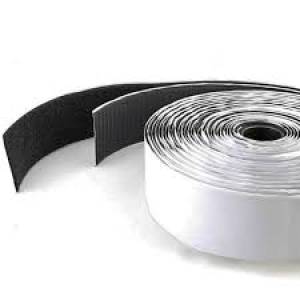
Choosing the right adhesive can be crucial for the success of your project. This guide will help you understand the different types of adhesives available and their respective strengths and weaknesses, allowing you to make an informed decision.
I. Adhesive Types:
We categorize adhesives based on their chemical composition and application:
A. Pressure-Sensitive Adhesives (PSA):
B. Reactive Adhesives:
These adhesives require a chemical reaction (curing) to achieve a strong and permanent bond. Several sub-types exist:
C. Hot Melt Adhesives:
II. Selecting the Right Adhesive:
Consider these factors when choosing an adhesive:
By carefully considering these factors, you can select the most suitable adhesive for your specific needs. Remember to always follow the manufacturer's instructions for proper application and safety precautions.